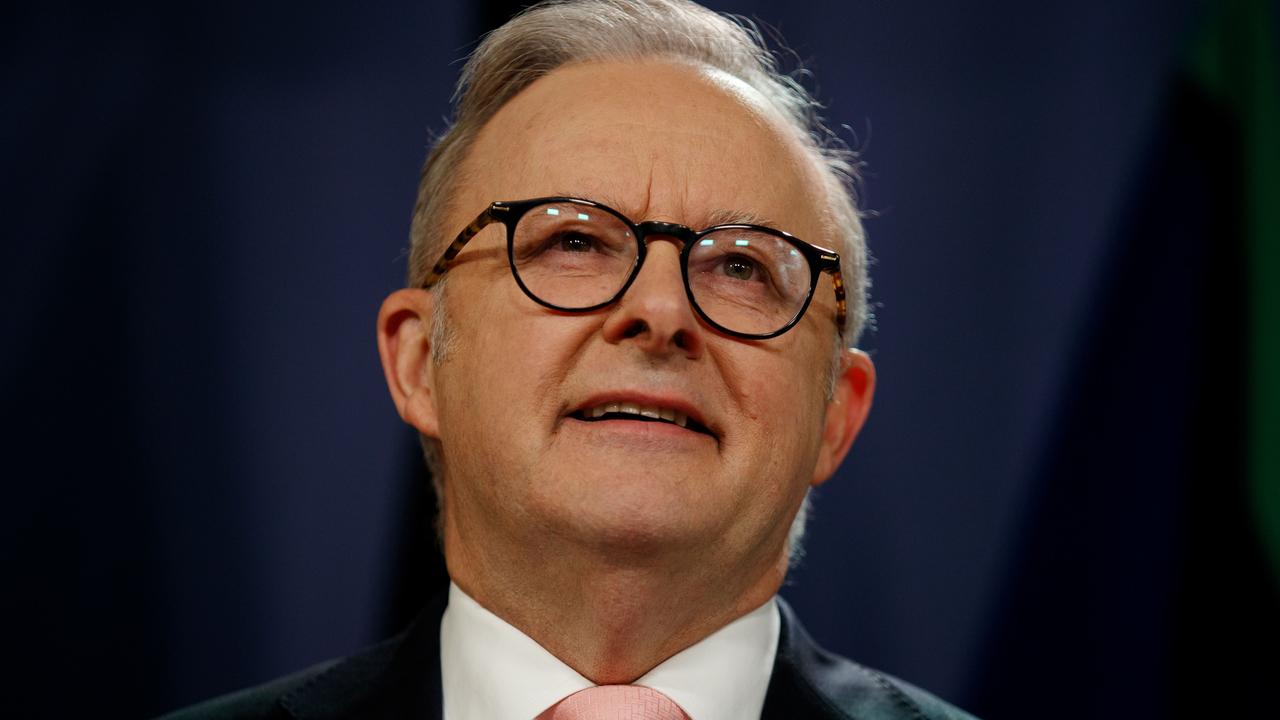Truth behind Prime Minister Anthony Albanese’s huge new home plan
The Albanese government has made a huge pledge to complete 1.2 million new homes over the next five years, but are they dreaming?
With the next federal election less than a year away, the issue of housing is shaping up to be one of the major political battlegrounds between the Albanese government and the Coalition. Arguably the centrepiece of the Albanese government’s housing platform is the pledge to complete 1.2 million new homes over the next five years, starting from July 1.
On paper, the strategy is that by achieving a record number of dwelling completions over such a long period, the housing and rental crisis will in time be addressed.
But the question is, is the target realistic?
When broken down to a required annual figure, 240,000 home completions are required for each year from 2024 to 2029.
Historically, the highest level of dwelling completions achieved over a rolling 12 month period occurred in the March quarter of 2017, when the all-time high of 223,600 was recorded.
According to estimates from HIA chief economist Tim Reardon, 176,000 new homes will be completed during the first year of the Albanese government’s target and actual completions will continue to underperform the target of 240,000 to varying degrees over the course of the five year target.

Historic precedent
Since ABS records began for overall dwelling completions in the mid-1980s, there have been six major recoveries in dwelling completions.
On average, dwelling completions rise by 34.8 per cent over the course of the upswing in activity, which lasts for between two and 4.5 years.
The ideal historic dwelling completion surge is very much in the eye of the beholder.
Between Q1 1988 and Q1 1990, dwelling completions rose by an extremely strong 42.1 per cent over the course of just two years.
However, the largest rise in dwelling completions in a single cycle occurred between Q3 2012 and Q1 2017, during which they rose by 55.2 per cent over 4.5 years.

Currently the rough middle ground for the expected bottom in dwelling completion forecasts is around 160,000 and expected to occur in the final quarter of this year.
If we apply the most ideal short-term scenario to that baseline, which gets completions to a much higher level faster than other cycles, by the end of 2026, completions will peak out at 227,300 homes.
On the other hand, if we superimpose the strongest recovery in terms of the aggregate size, completions will peak in Q2 2029 at 248,300 homes.
Across the performance of both scenarios, the required target of 240,000 or more homes being completed in a rolling 12 month period is achieved for a total of a single quarter.
Outlook
Achieving a home building target that is 17,000 homes higher than the all-time record high every year for five years was always a big ask, even at face value.
But when put into context with a construction sector that is struggling with the building cycle coming to a close, high costs and the highest interest rates in over a decade, it becomes quite the mountain to climb.
Historically, dwelling completions have lagged the bottoming in dwelling approvals by approximately six to nine months under normal conditions, with the one obvious exception of the period impacted by the pandemic.
So far, there is little evidence to suggest that dwelling completions have bottomed, with approvals continuing to point to at least several more quarters of weakness in the figures.
The forecasts from the federal Treasury contained in the budget were also not especially optimistic, with dwelling investment expected to not grow at all across the 2024-25 financial year.
Part of the issue going forward is that while completing 240,000 homes per year every year for the next five years may seem like an aspirational target, given the changes that are occurring to the nation’s demographics combined with population growth, according to some experts, it’s not far off the absolute bare minimum required going forward.
According to an analysis by HIA chief economist Tim Reardon, based on population growth of 400,000, which is roughly in the ballpark of where it’s expected to land in 2024-25, the nation will need to build at least 230,000 homes to meet underlying demand.
This assumes that the economy continues to grow at a slow rate and that the growth in household wealth is low.
Ultimately, the Albanese government’s plan to build 240,000 homes per year may have much higher stakes than the seemingly aspirational nature of the target would suggest.
Amid an ageing population and Australians having fewer children, the changing demographics of households will continue to put upward pressure on demand for housing.
Tarric Brooker is a freelance journalist and social commentator | @AvidCommentator






